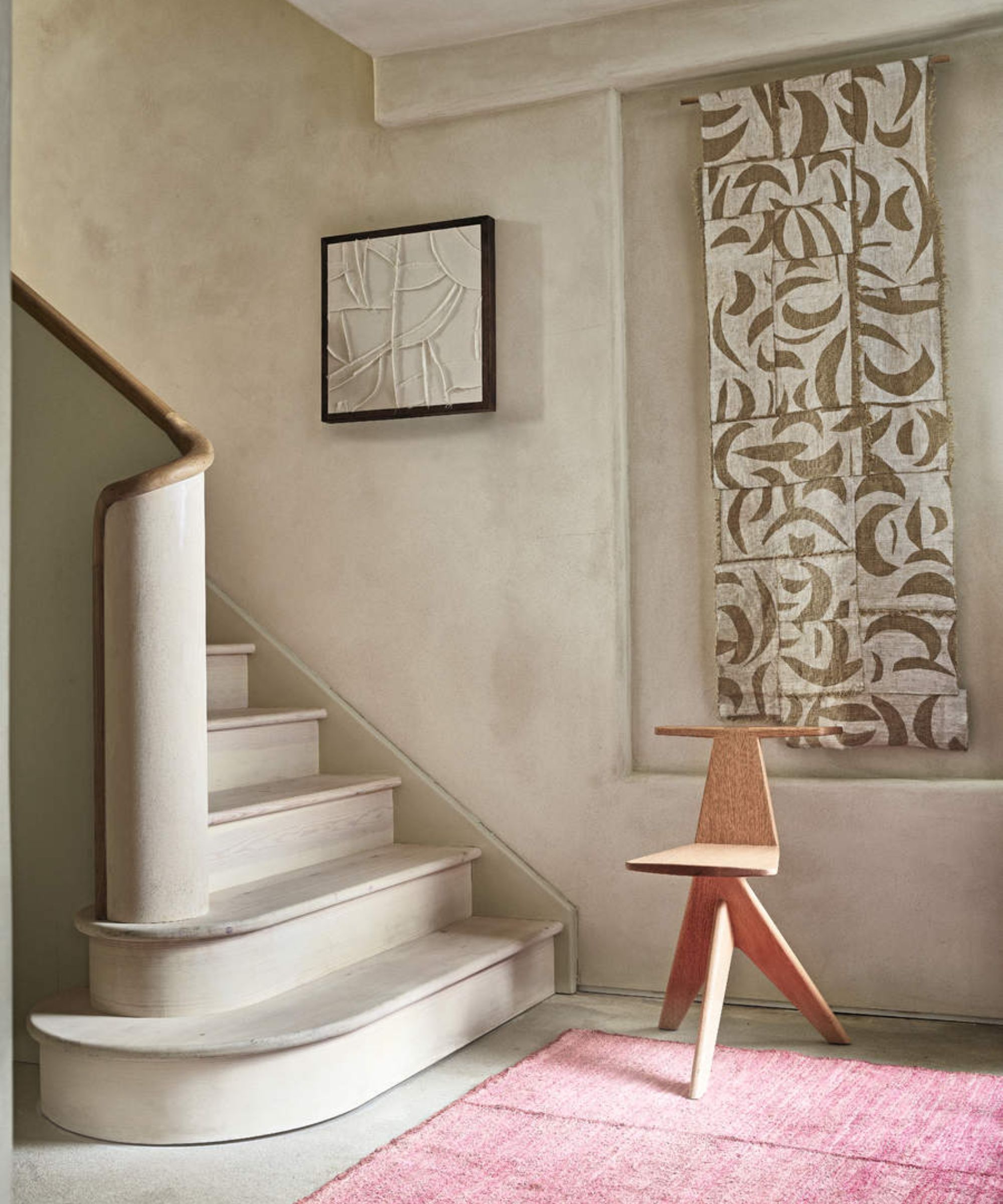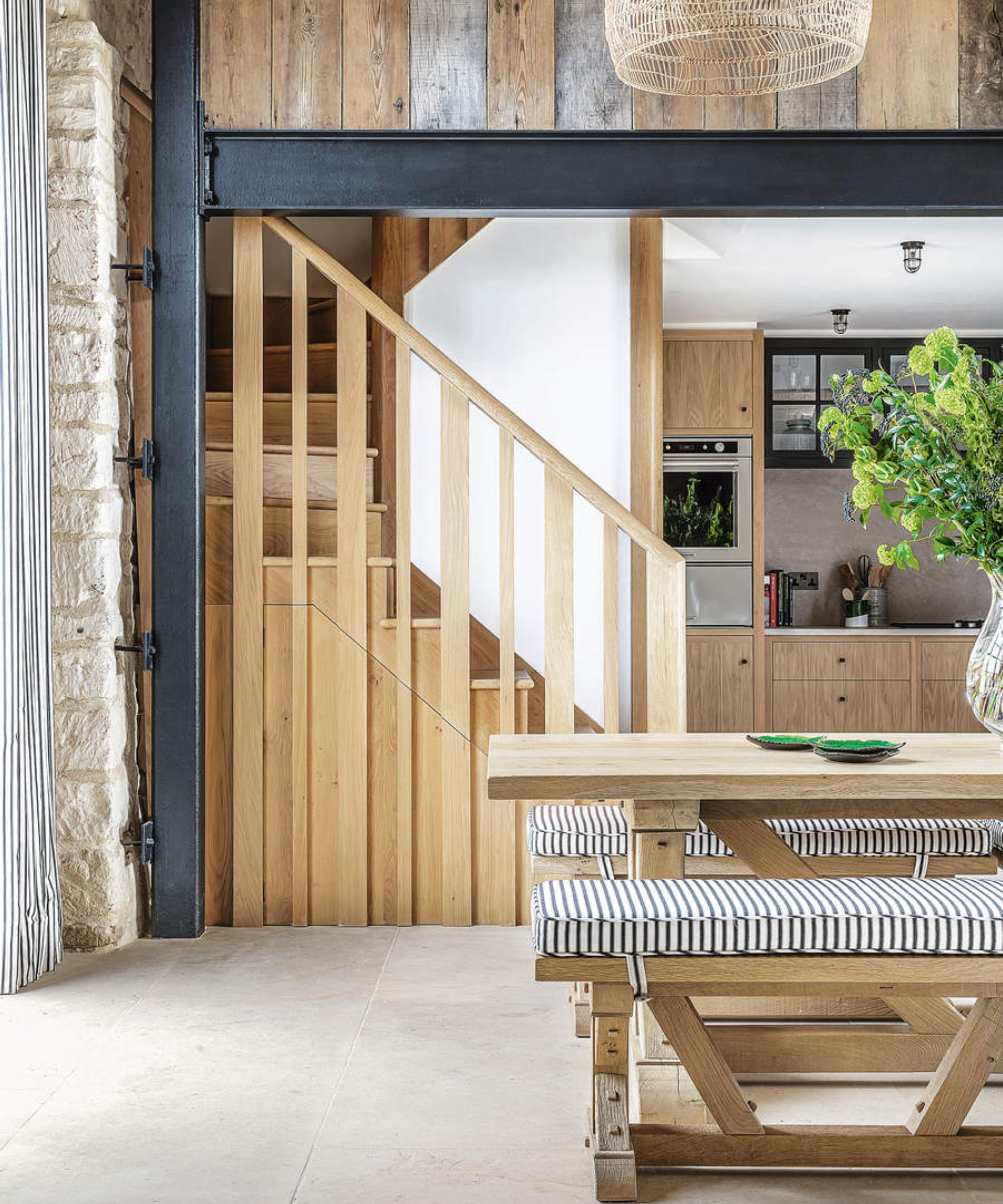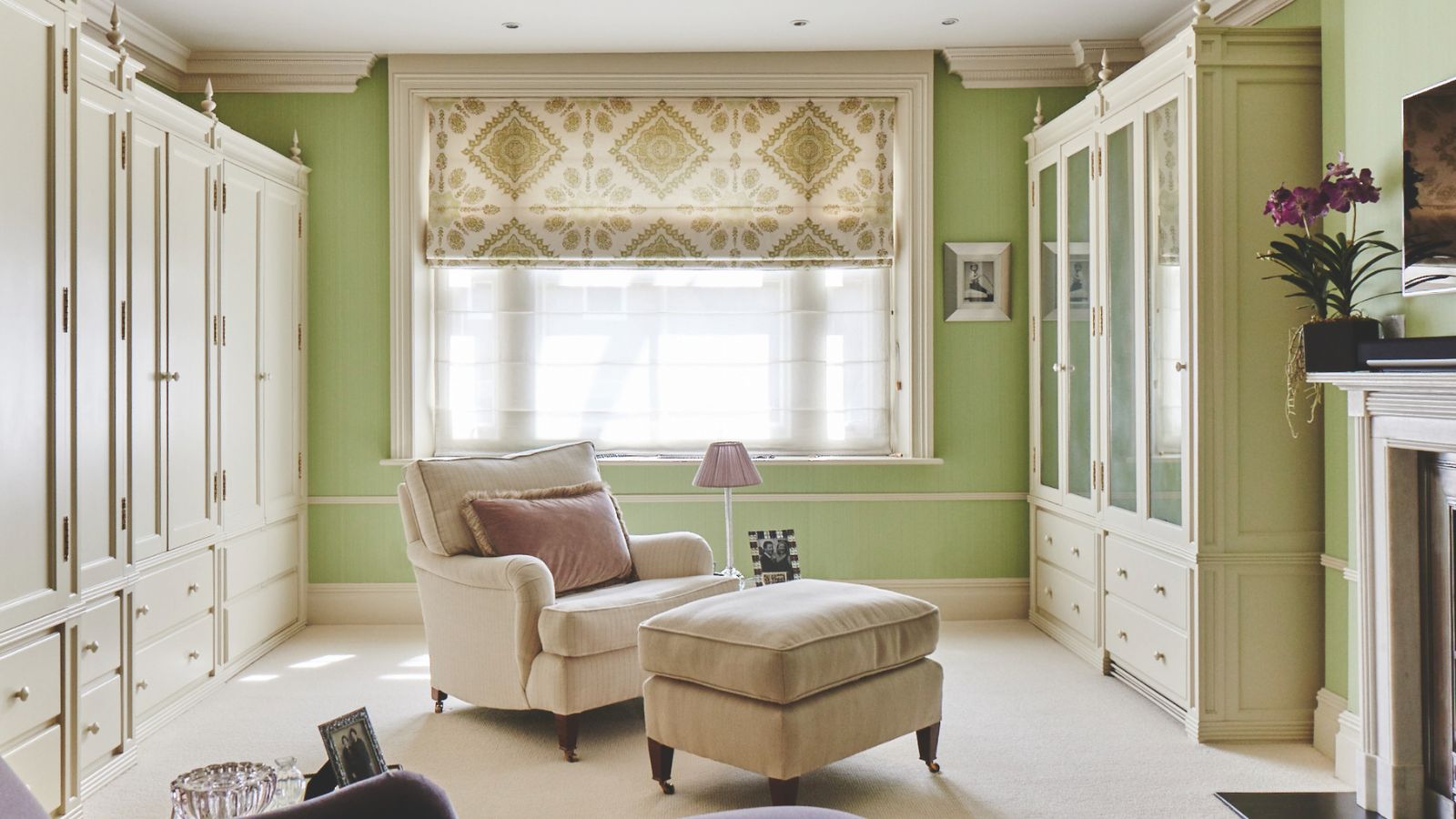How to fix a leaky basement wall from the inside in 5 simple steps
It's as simple as identify, prep, seal, coat, and drain


Fixing a leaky basement wall from the inside is a common issue many homeowners face, especially during wet seasons. Unless it is tackled immediately, this issue can lead to further damage, which can be costly. So, it is essential to waterproof your basement as soon as a leak is spotted to prevent further water infiltration.
Due to their location, basements can be highly susceptible to leaks, seepage, and other moisture issues. This is why homeowners often have to deal with wall or ceiling leaks that threaten to cause permanent damage.
Luckily, we have the best maintenance and preventative techniques, recommended by plumbing and DIY experts, to help you fix a leaky basement wall from the inside so you can make the most of your basement, no matter the season.
How to fix a leaky basement wall from the inside
Stay vigilant for signs of a leak in your basement wall. If you notice musty basement smells or mold, this might indicate a leak, which you should inspect immediately.
1. Identify the source of the leak

The first step in fixing a leaky basement wall is to identify where the water is coming in.
'Look for damp spots, mold, or efflorescence (a white, powdery mineral deposit) on the walls, which are telltale signs of water entry,' advises Josh Mitchell, plumbing technician at Plumbing Lab. 'Keep in mind that water can travel from the point of entry, so the actual leak may be located away from the visible damp spot.'
While hairline cracks in the foundation walls are the most frequent issue, the joint between the floor and wall is also susceptible to leaks, especially in older homes. Additionally, water appearing on the surface will indicate leaks in pipes behind the wall, which may require professional intervention.

Josh Mitchell is, a plumbing expert and HVAC technician and the owner of Air Conditioner Lab and Plumbing Lab.
2. Prepare the area

'Before you begin repairs, ensure the area is dry,' advises Josh Mitchell. 'You might need to place a dehumidifier or fans nearby to dry out the area. Clear the area of any furniture or storage items to provide easy access to the wall.'
Remove any debris and clean the area thoroughly. 'This will ensure that the repair materials properly bond to the wall and prevent any future leaks,' explains Gabriella Dyson, Head of Solved at Homes & Gardens. 'You can use a stiff brush to remove any loose debris, dirt, or mold from the surface of the wall.'
Amazon Basics Dehumidifier | $218.49 at Amazon
This dehumidifier is well-reviewed for its performance and is great value for money.

Gabriella Dyson is Head of Solved at Homes & Gardens, editing and writing practical advice for homeowners in the process of cleaning, decluttering, or attempting home improvements and DIY projects. Gabriella previously worked on Homebuilding.com, writing features about issues surrounding historic and listed building projects.
3. Seal cracks and holes

You can use waterproof sealant for small cracks and holes, but Josh Mitchell recommends hydraulic cement or an epoxy injection kit for a more effective solution.
'These materials expand as they dry, filling the crack completely and providing a strong seal,' Josh explains. 'To apply, follow the product instructions carefully. Usually, this involves cleaning the crack, applying the compound, and then smoothing it out to ensure an even application.'
You can find this hydraulic cement leak stopper and this epoxy kit at Amazon.
4. Apply a waterproofing coating

Once the cracks and holes have been sealed, apply a waterproof coating to the interior basement walls. This will provide an extra barrier that water cannot penetrate, protecting against future leaks.
'There are several different types of waterproof coatings available. Look for sealants specifically designed for basement or masonry waterproofing, such as cementitious and elastomeric options,' advises Gabriella Dyson. 'These products can be applied with a brush or roller.'
You can find this LIKZ basement waterproofing paint at Walmart. Always follow the manufacturer's instructions for proper application.
5. Consider interior drainage solutions

'If water is entering from the floor or the bottom of the walls, an interior weeping tile system may be necessary,' explains Josh Mitchell. 'This involves installing a perforated drain pipe around the perimeter of the basement floor to collect water and direct it to a sump pump, which then pumps the water away from the foundation.
This solution is more invasive and typically requires professional installation.
'Remember, maintaining low humidity levels in your basement is crucial to prevent mold growth and further water damage,' says Josh Mitchell, HVAC technician. 'Use a dehumidifier to dry the air and ensure good ventilation throughout the space.'
Fixing a leaky basement wall from the inside is a manageable task for minor leaks. However, for more significant water intrusion or structural issues, consult with a professional. They will have the tools and knowledge to properly assess the situation and recommend the most effective solutions.
Sign up to the Homes & Gardens newsletter
Design expertise in your inbox – from inspiring decorating ideas and beautiful celebrity homes to practical gardening advice and shopping round-ups.

Lola Houlton is a news writer for Homes & Gardens. She has been writing content for Future PLC for the past six years, in particular Homes & Gardens, Real Homes and GardeningEtc. She writes on a broad range of subjects, including practical household advice, recipe articles, and product reviews, working closely with experts in their fields to cover everything from heating to home organization through to house plants. Lola is a graduate, who completed her degree in Psychology at the University of Sussex. She has also spent some time working at the BBC.
-
 7 expert-approved painting hacks to minimize clean up – to make an already exhausting task easier
7 expert-approved painting hacks to minimize clean up – to make an already exhausting task easierAvoid a backbreaking clean-up after your next painting project with advice from the professionals
By Chiana Dickson
-
 Gwyneth Paltrow's quiet luxury kitchen is so beautiful, we almost overlooked her ultra-smart cabinets – they make the use of 'every inch' of storage space
Gwyneth Paltrow's quiet luxury kitchen is so beautiful, we almost overlooked her ultra-smart cabinets – they make the use of 'every inch' of storage spaceThe Goop founder makes use of dead space in her kitchen with customized cabinetry that reaches to the ceiling, providing ample storage
By Hannah Ziegler
